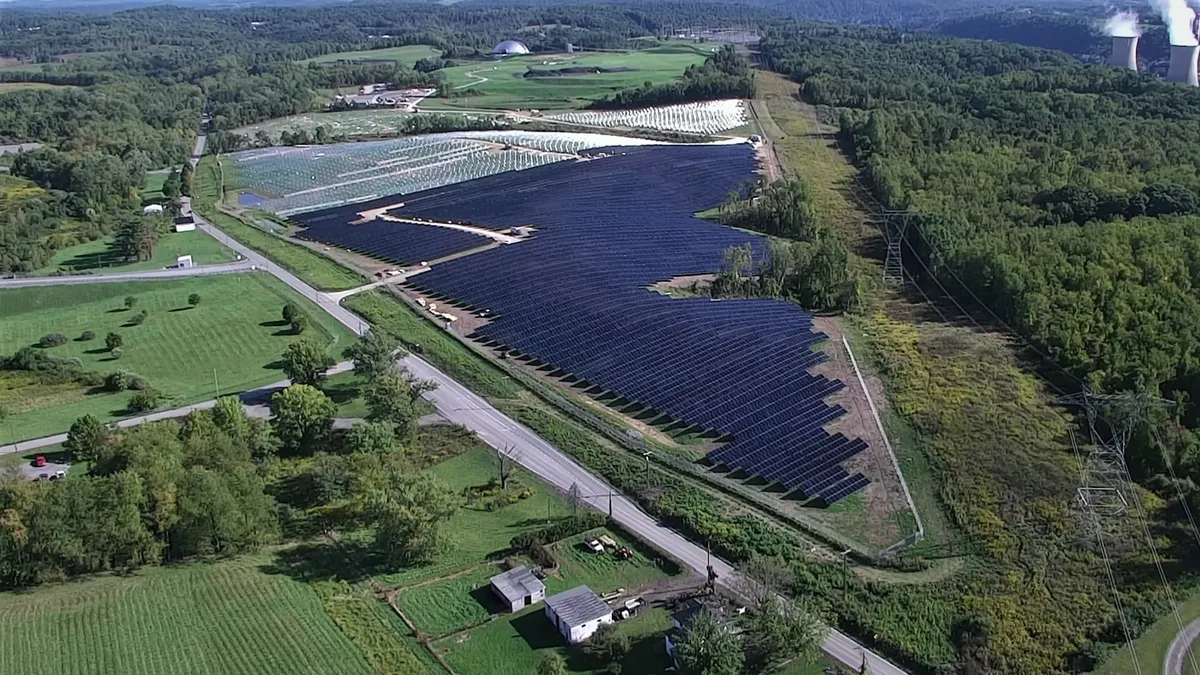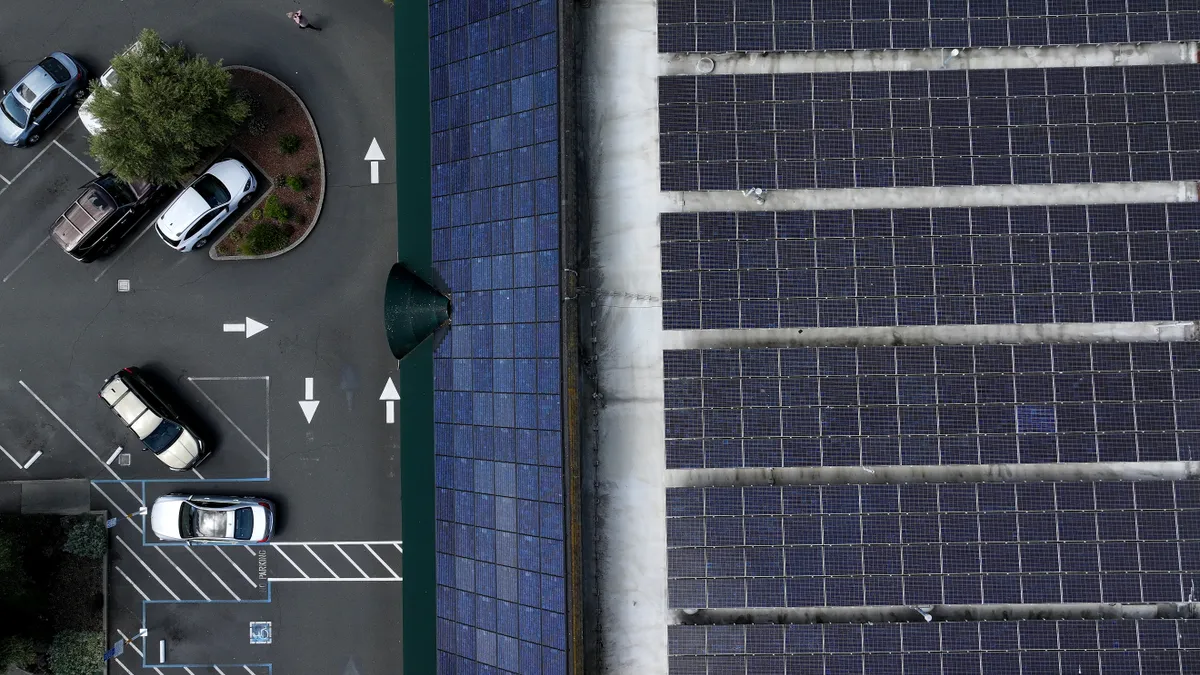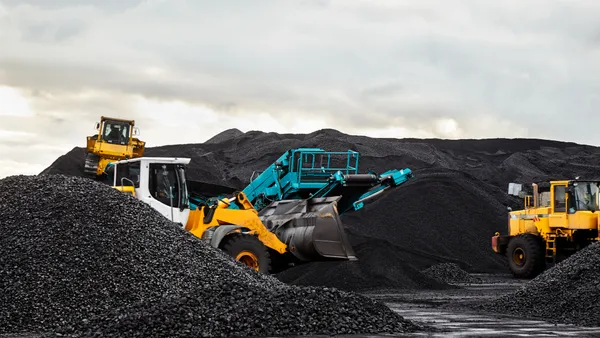Dive Brief:
- Power plants in the United States consumed 677 million short tons of coal last year, the smallest amount since 1984, according to new analysis from the U.S. Energy Information Administration.
- Coal consumption last year was 35% lower than in 2008, when production reached its highest level.
- The coal industry is also aging: According to EIA the capacity-weighted average age of operating coal facilities is 39 years.
Dive Insight:
An aging coal sector is consuming less fuel and producing less electricity, according to EIA data, "as natural gas and renewables have increased their market shares." According to agency statistics, average annual net generation from coal-fired units reached an annual high of 2 billion kWh in 2007 but by last year had fallen to 1.2 billion kWh. More utilities are transitioning to natural gas due to low prices and increasing carbon goals, even as the Trump administration pulls out of the Paris climate accord, and vows to bring back coal.
Both coal and gas' share of generation will decline nationally, as hydroelectric and other carbon-free power increases its share. The Midwest region is now the only area of the country in which coal fuels more than half of summer electricity generation — about 54% according to EIA.
The decline in coal generation has the potential to impact other industries: The electric power sector consumed more than 93% of all coal consumed in the United States, and more than two-thirds was shipped either completely or in part by rail.
After rail, the next two most common modes of transporting coal are barge and truck.
"Both modes have accounted for about 10% of yearly coal shipments since 2008, but truck shipments have decreased slightly, reaching 9% in 2016, while barge shipments have increased slightly, reaching 13% in 2016," EIA noted.
Increased barge traffic is related to the growth of coal produced in the Illinois Basin, which relies on shipments along the Ohio River, EIA said. Declines in truck shipments coincide with declines in Appalachian production that supplied generating facilities a relatively short distance from the mines, the agency explained.
"The delivered cost of coal for all transport modes was $41.64 per ton in 2016, a decline of 6% from 2015 and the second consecutive year of declines in the delivered cost of coal," EIA said. Transportation typically makes up more than a third of the delivered cost, the agency said.














